Rhos Pasture - A Hidden Gem
This post is greater than 6 months old - links may be broken or out of date. Proceed with caution!

SMS Rhos Pasture Restoration project
By Lucy Morton , Project Manager
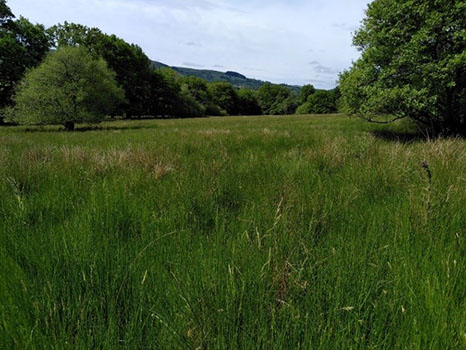
The Rhos Pasture Restoration project is a Sustainable Management Scheme, funded by the Welsh Government through the Rural Development Programme 2014-2020 and the European Agricultural Fund for Rural Development.
The project started in January 2021 and will finish next March 2023, it is led by Radnorshire Wildlife Trust and there are 2 members of staff dedicated to it: Lucy Morton, project manager and Toby Hay, Community Arts and Heritage Officer. We are also supported by Rhayader-by-Nature, a local natural history group and CARAD (Community Arts Rhayader and District).
Rhos is a Welsh word meaning ‘moor’ or ‘moorland’ and describes wet marshy grassland. This type of grassland also occurs in other parts of the UK, where it is known by different names: culm grassland in Devon, fen meadow in East Anglia and wet lawns in the New Forest. It is a habitat that is widespread but declining in Wales and is identified in Section 7 of the Environment (Wales) Act 2016 as a priority grassland habitat that makes up 3% of grassland cover in Powys.
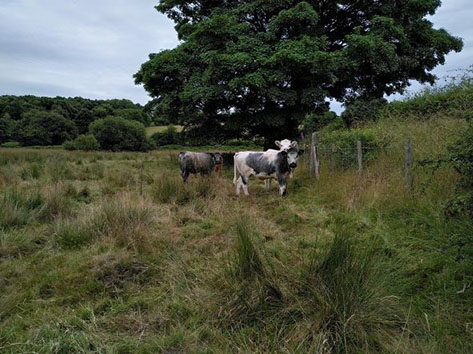
Rhos pasture occurs on poorly drained, mainly acidic soils in valley bottoms or upland fringes, and it can vary in species composition but the main indicator plants are purple moor grass and various rush species. It supports a wealth of wildlife, it delivers ecosystem services that are beneficial to the local environment, (carbon storage, water quality and storage and soil health) and it is culturally important, being associated with traditional crafts and skills.
The main objectives of the Rhos Pasture Restoration project are:
- To restore and enhance rhos pasture in the project area.
- To improve soil structure, carbon and water storage.
- To improve the local economy, investigate markets for products and develop farming and wildlife related tourism.
- To develop educational, health and wellbeing benefits, recreation, arts and heritage.
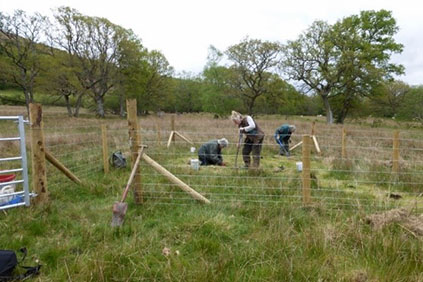
Botanical and invertebrate surveys have been carried out over 2 summers to ascertain the extent of the rhos pastures, at the time of writing this article all the results from this summer have not yet been received, but initial findings are that there is good extensive rhos in the area, which is really positive.
Grazing is key to the management of rhos pasture, and cattle are the best graziers as they create a varied vegetation structure and will browse the scrub and more woody vegetation. The project is working with farmers and landowners in the area between Rhayader, Nantmel and Newbridge-on-Wye encouraging and supporting cattle grazing by providing fencing, cattle pens, and water troughs. We have also delivered training on liverfluke and anthelmintic treatments, and are planning on delivering dung beetle training with Dung Beetles for Farmers. It is hoped to develop a rhos product and beef box scheme using a local farm shop that has just opened as the retail outlet.
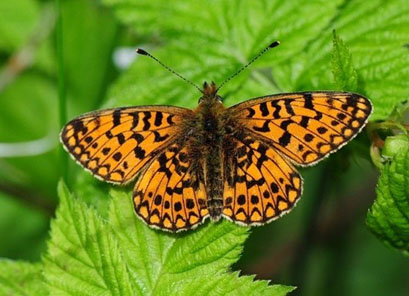
Many of the rhos pastures in the project area have been grazed by sheep for many years and this has meant that wildflower species that are associated with the rhos have been grazed out. Devil’s-bit scabious, is one these. It is the foodplant of the marsh fritillary butterfly, a species that went extinct from this part of Radnorshire in the early 2000’s. The plant flowers in late summer and is a wonderful nectar source when other flowers have gone over.
We have been working to re establish this species by planting out plug plants that have been raised from local seed by volunteers from Rhayader by Nature. Where sheep are still grazing, fencing plots were put up to protect the young plants, the gate will enable winter grazing, but also mechanical management will be carried out until the plants are established.
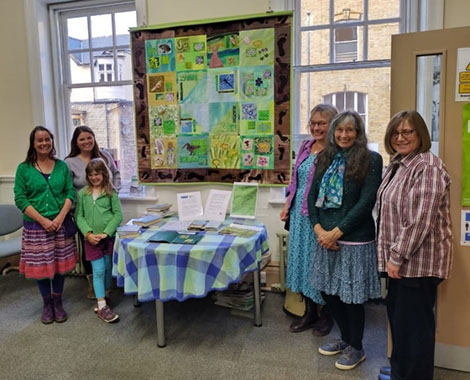
Some rhos sites have not been grazed for many years, and we were able to find a contractor who could ‘cut and collect’ the dense vegetation which was swamping the smaller plants. Strips were cut through the dead purple moor grass making piles round the edge of the site. Returning in June showed that the marsh violets, whorled carraway and other species had responded to the cutting and were growing in the rides.
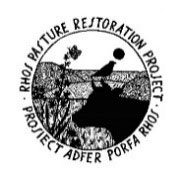

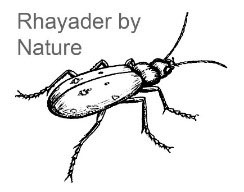
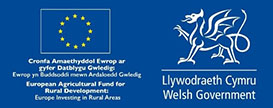
Marsh violet is a particularly important species as it is the foodplant of small pearl-bordered fritillary butterfly. The larvae feeds on the leaves in late summer and early spring.
The Community Arts and Heritage side of the project, supported by the Museum and Gallery in Rhayader, CARAD, has involved many local people, from artists and musicians to expert ecologists and crafts people.
Over 50 people enjoyed ‘In the Long Grass’ – Rhos Festival, an event held at the Willow Globe near Llanwrthwl, which celebrated the rhos with walks, music, and art activities. It also included the first presentation of Artist in Residence, Sean Harris’s ‘Clymau S’yn Cynnal’, ‘The Ties that Bind us’, a poetic audio-visual treat.
The Rhos Community Quilt was created over several sessions in Llanyre village hall in the winter of 2022, using the plants and animals, water and soil of rhos as inspriration. It brought together 14 local enthusiasts, including 5 children and involved many different skills, including fabric painting, batik, dying and printing, embroidery, applique, lino printing, and hand-quilting to complete.
For more information on the work of Radnorshire Wildlife Trust and the Rhos Pasture Project Our Projects | Radnorshire Wildlife Trust (rwtwales.org)
Lucy Morton lucy@rwtwales.org
Toby Hay toby@rwtwales.org
Read the article in Welsh Prosiect Adfer Porfa Rhos y Cynllun Rheoli Cynaliadwy .pdf (rwtwales.org)
More from Radnorshire Wildlife Trust